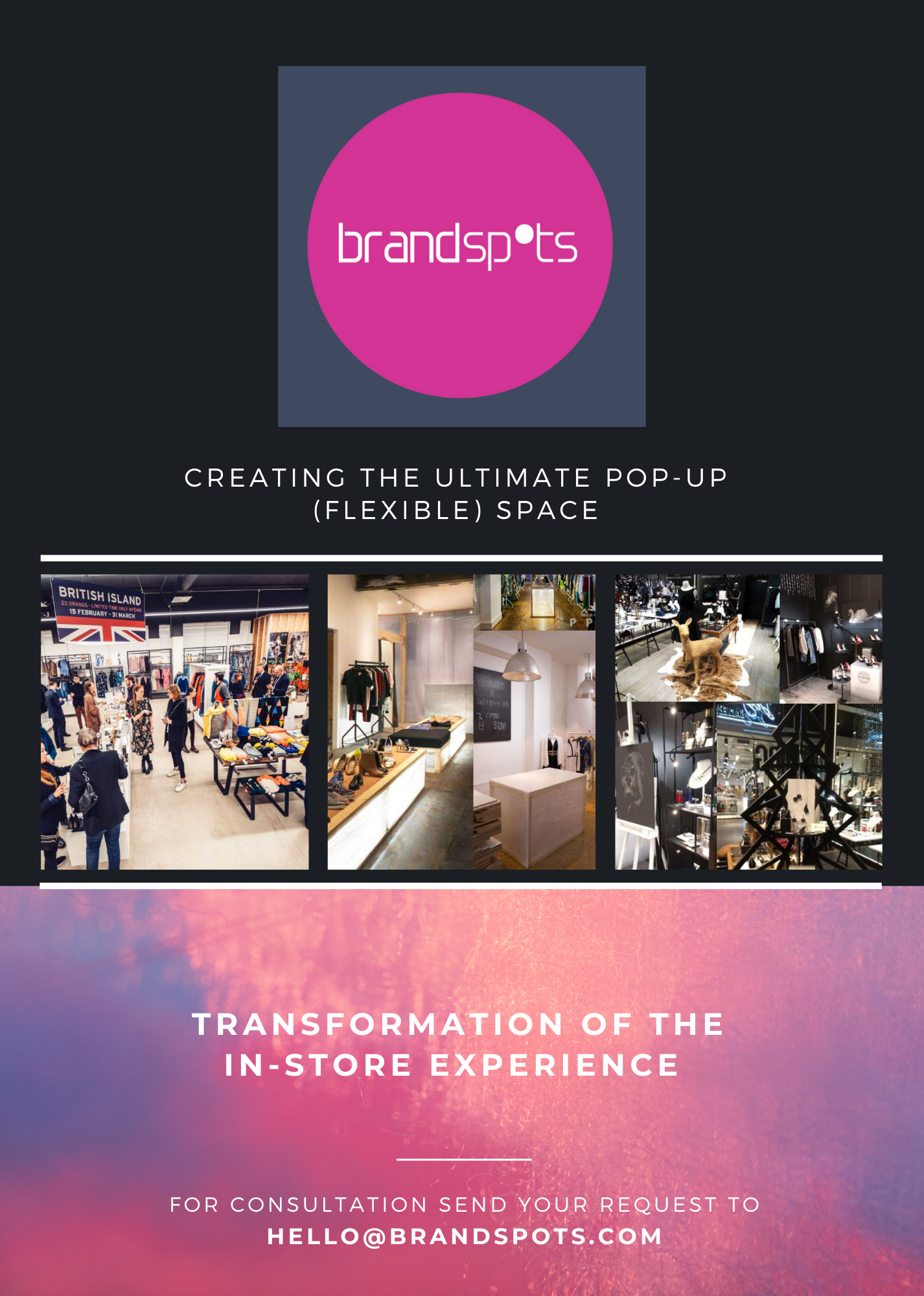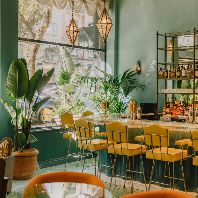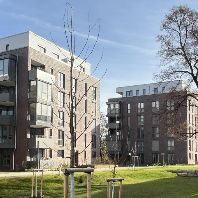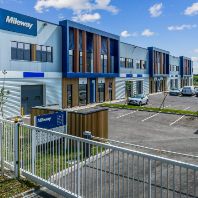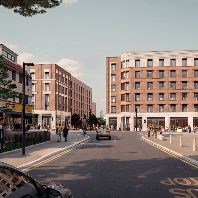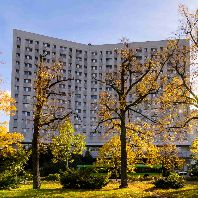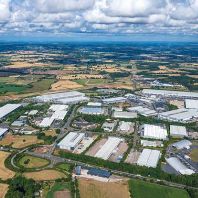1. How is climate risk, like heat stress or flood exposure, already reshaping real estate valuations in secondary and regional markets?
At NL Greenlabel, we observe that climate risks - such as heat stress, flood risk and drought - are already reshaping real estate valuations, and this impact extends well beyond prime markets into secondary and regional areas.
The reality is stark: in vulnerable areas, outdated infrastructure combined with increased flood risk creates a perfect storm that makes it significantly harder to secure insurance or long-term financing.
This isn't a future concern; it's happening right now and directly impacting investment decisions and property values. Quantifying and visualising these risks have become key to smart investment strategy.
Through our RDL platform, we offer digital twin simulations that provide investors with real-time insights into location-specific threats within their portfolio. What makes this powerful is how it transforms abstract climate concerns into concrete, actionable data that allows risk to be priced more accurately. The investors who are getting ahead of this trend use our environmental scan to identify and mitigate risk in their portfolio and due diligence processes. They're not waiting for climate impacts to surprise them - they're incorporating this intelligence into their investment thesis from day one.
2. Could national sustainability dashboards become the next major tool for institutional investors assessing local portfolios across Europe?
Yes, national sustainability dashboards have strong potential to become key tools for institutional investors evaluating local portfolios across Europe. The momentum behind this approach is building rapidly.
In the Netherlands, the Nationaal Dashboard Toekomstbestendige Leefomgeving (National Dashboard for Resilient Cities) offers a compelling example of what's possible.
By combining data on healthy living environments, urban greening, climate risks and socio-economic factors, it provides crucial insight into long-term conditions for a future-proof built environment.
For investors managing diverse portfolios, this integrated approach is especially valuable for making informed location-specific decisions. What's particularly powerful is that the national dashboard allows organisations to set goals for both the short and long term and monitor year-on-year progress toward those objectives.
With this approach, we can make a more meaningful impact and determine precisely where action is needed and how to comply with new legislation like the EU Nature Restoration Law and EU Taxonomy. As this methodology gains traction internationally, dashboards like these have the potential to standardise sustainability assessments, enhancing comparability of risks and opportunities across regions, as well as encourage vital public–private collaboration.
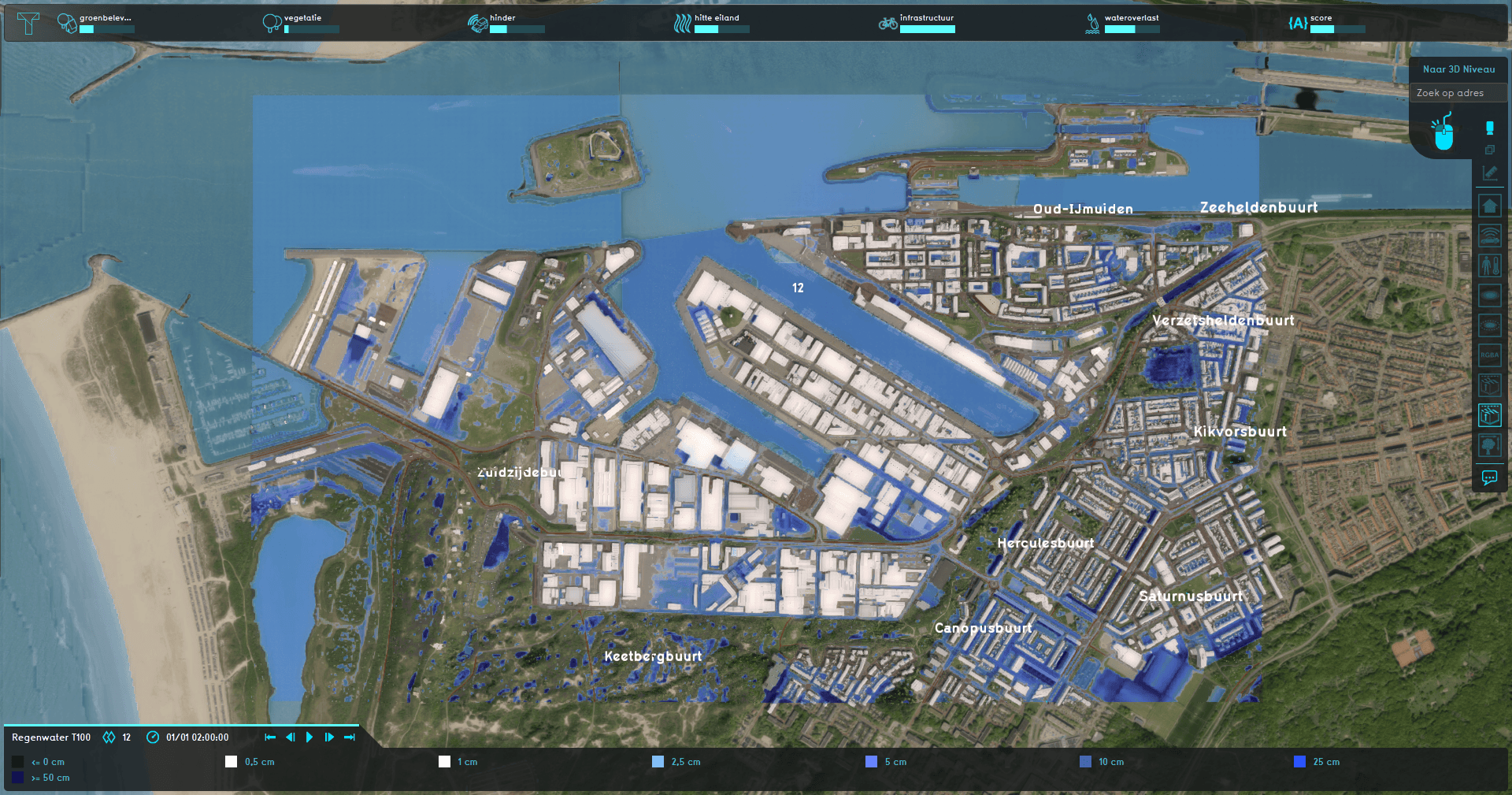
3. Will sustainability labels evolve from compliance tools to commercial differentiators in the leasing and investment market?
Sustainability tools are increasingly evolving from mere compliance checklists into powerful commercial differentiators in leasing and investment markets. This transformation is accelerating faster than many anticipated.
The Greenlabel Standards - sustainability labels applicable at various spatial scales (area, terrain, yard) - go beyond compliance by integrally measuring sustainability across climate, health and biodiversity dimensions.
This holistic approach enables stakeholders to meet higher sustainability standards, enhancing market value and attractiveness by aligning with growing investor and tenant demand for future-proof buildings.
As demand for measurably sustainable assets rises, holistic labels are becoming key drivers of long-term resilience, rather than just regulatory badges. The evidence supporting this shift is compelling: our scientific board has ample research that shows that greening real estate portfolios increases property value and labour productivity while also decreasing costs of absenteeism. This creates a compelling business case where sustainability becomes a direct driver of financial performance rather than simply a cost of doing business.
4. Can tech-driven insights ever replace the role of local relationships in creating truly sustainable built environments?
This question touches on one of the most critical misconceptions in our industry - the false choice between technology and human connection. Technology gives us the eyes to see opportunities and risks, but local relationships give us the hands to create lasting change. At NL Greenlabel, we've positioned ourselves as the essential bridge between investors and the green providers, landscapers, and local stakeholders who transform data into reality.
Here's the truth that every successful developer knows: you can have the most sophisticated climate modeling in the world, but if you can't convince the local community to embrace your vision, if you can't find the right local partners to execute it, and if you can't navigate local regulatory nuances, all that data becomes expensive wallpaper.
Sustainable built environments emerge when cutting-edge insights meet deep community engagement. The most successful projects in our portfolio combine our advanced digital twin technology with intensive local collaboration. It's not technology versus relationships; it's technology amplifying relationships to achieve what neither could accomplish alone.
The future belongs to organisations that understand this symbiosis and excel at both dimensions.
5. What's the real commercial case for nature-inclusive design in future-proofing logistics hubs, offices, and mixed-use assets?
The commercial case is remarkably multi-faceted and more compelling than most investors initially realise. At the most fundamental level, green business parks and logistics hubs deliver clear health benefits, particularly through reduced absenteeism. But nature-inclusive design goes far deeper than just employee wellness; it fundamentally transforms how properties connect with their communities.
Think about the psychology of place-making: when you create inviting green spaces that encourage social interaction and foster a genuine sense of belonging, you're not just designing buildings – you're crafting experiences.
These experiences directly translate to increased tenant satisfaction, superior talent attraction, and enhanced visitor engagement. The ripple effect is profound: properties that achieve this transformation see measurable increases in value and become genuinely more commercially successful while building long-term resilience.
Robert Dolieslager, Head of Development, Heembouw Bedrijfsruimten West, captures the essence perfectly: "Nature-inclusive design transforms buildings into resilient assets by delivering low-tech, high-impact solutions that enhance health, reduce operational risks, and increase long-term real estate value."
Here in the Netherlands, we're working with banks, advisory, legal and taxation firms on something groundbreaking – the DUPA paragraph, an addendum to real estate taxation reports.
The DUPA provides objective intelligence about how future-proof assets truly are, covering everything from climate risk and flooding to energy use patterns. NL Greenlabel's involvement in the 3.0 version from a data and governance perspective puts us at the centre of this transformation.
The market timing couldn't be more critical. Reinier Mijsberg, Head Valuation Team ABN AMRO Bank and co-initiator DUPA, explains the trajectory: "In my view, there should be a green premium in market value for nature-inclusive design in future-proofing logistics hubs, offices, and mixed-use assets in the next years. In 3-5 years, it will be fully priced in the market value. Therefore, the impact will shift towards a brown discount."
This represents a narrow window of opportunity - capture the green premium now, or face the brown discount later. The choice defines tomorrow's winners and losers.
______________________________
Frank Del Gatto, CEO, NL Greenlabel









